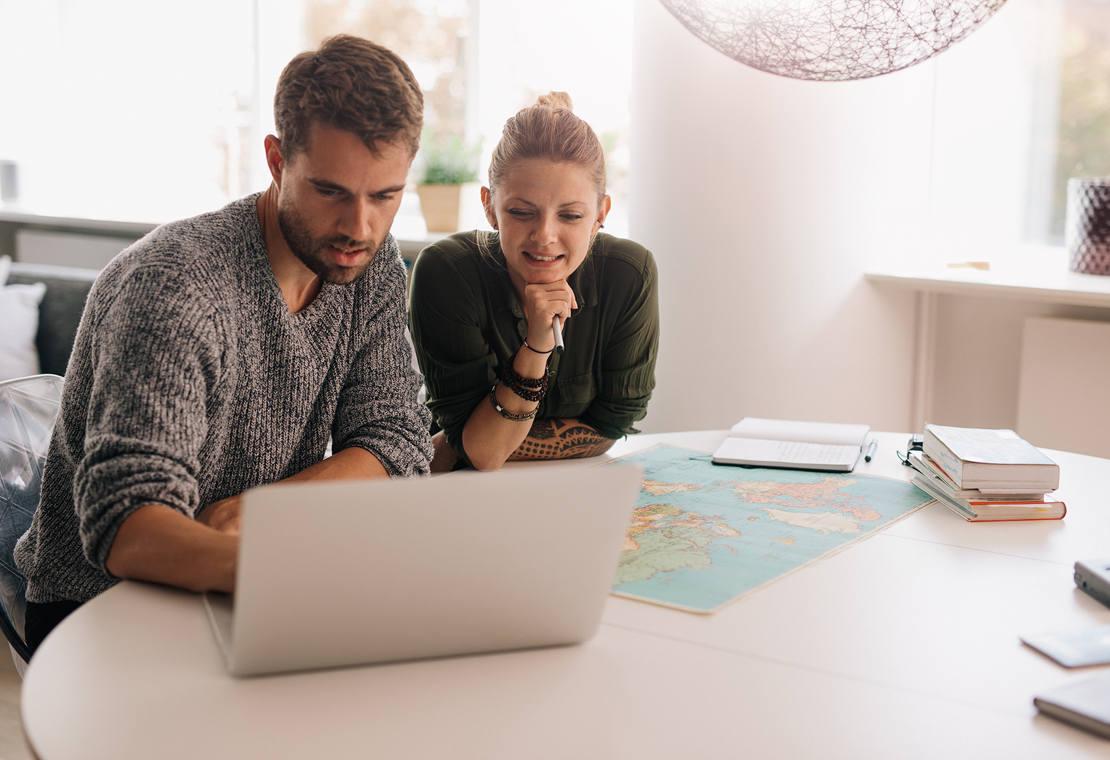Have an emergency fund: why?
No one is immune to the hard blows in life. Even when you plan ahead, you and your finances can be hit by an unforeseen event. From your pet falling ill or a sudden water leak to a major household appliance breaking down or a life event such as dismissal, illness or an accident, things happen. Building a savings buffer means you can handle anything that comes along.
Having savings means you can tackle hardships more calmly and…
1. Avoid new debt
The urgency of covering an expense is a very common reason for going into debt. If you don’t have a savings buffer there may be no choice but to take out a loan or use your credit card. The cost of doing this means you pay more in the long term and adds pressure to your budget from the repayments. It doesn’t take many emergencies before these debts become unmanageable.
2. Reduce stress
When an unforeseen expense arrives, if you don’t have an emergency fund you’ll feel panicked and stressed. This can be avoided by setting aside money regularly to build a buffer.
Having money set aside also means you don't have to pay more. When we don’t have funds available to meet expenses, we tend to postpone them. Ignoring car repairs can eventually lead to bigger repairs or needing to replace the vehicle entirely. A small, untreated leak can lead to bigger work...
Having an emergency fund means ensuring that you can meet unforeseen expenses without stress and additional cost.
How to set up an emergency fund
How much should you have in your emergency fund and how do you build one up?
In general, financial institutions advise having savings that could cover three to six months of salary. Not everyone is able to achieve this and situations requiring such sums fortunately remain quite rare. This is why we advise you to start by building savings of around €1,000 to €1,500, which will cover the vast majority of unforeseen expenses.
To build up your savings, set aside an affordable fixed sum each month. Transfer this to a separate account from your current accounts. The most important thing is that your money is safe, risk-free, and easily accessible. Some investment accounts tie money up but this pot of money must be able to be released quickly.
Remember, if you do have to use the hardship sum, build it back up again. The easiest way is to set up a direct debit and remain in the habit of saving each month. However, if you have debts that are costing you money, it may make sense to pay those down first. Then build up your buffer after that.
Building a savings pot won’t happen overnight so try not to put pressure on yourself. Getting into good habits and saving a little every month will make a big difference in the long term.

